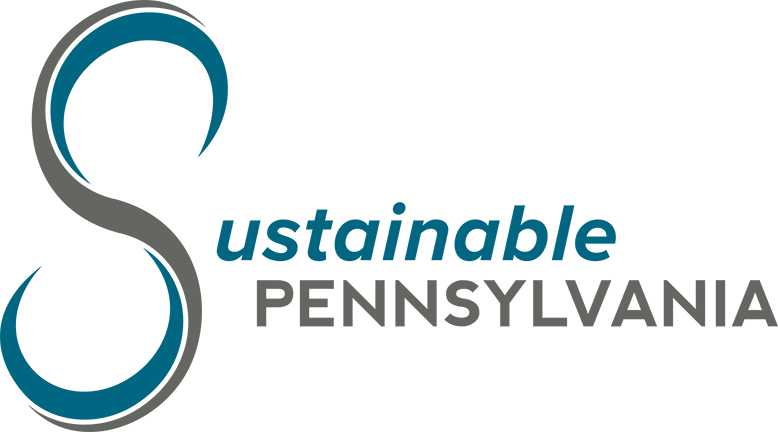Housing Options
A diversity of housing types and price points ensures that a community can be home to a broad range of people at various stages in life. Without intentional focus on the preservation and creation of housing that serves people living at a variety of income levels, for example, zoning that prioritizes or even subsidizes the development of only low-density market-rate housing in will, over time, serve to displace the residents who rely on the affordability and accessibility of lower-cost, higher density workforce housing options. The issue of quality affordable housing for people living at a variety of income levels and with a variety of housing needs intersects with issues of equity, economic development, and multimodal transportation.
When areas of great employment opportunity have minimal affordable housing options, people of lower incomes are displaced into communities that are further away from economic opportunity, typically places with less access to public amenities such as transportation and human service resources, perpetuating income inequality and further straining public resources. Further, when affordable housing is rare or nonexistent, local businesses can struggle to find staff, constraining economic growth in such areas.
Housing Types:
- Single Family Detached Dwellings/Homes
- Single Family Attached Dwellings/Homes
- Two Family Dwellings/Homes
- Townshouses
- Accessory Dwellings/Homes
- Multifamily Dwellings/Homes
- Multifamily Multistory/Medium Density Dwellings/Homes
- Multifamily Highrise/High Density Dwellings/Homes
- Tiny Homes/Mobile Homes
- Assisted Living/Nursing Homes
- Co-op or Community Land Trust Housing
Housing Analysis
The first step to addressing this issue locally is to understand the reality of the housing market on the ground, from the changing costs of purchasing or renting a home to the availability of units versus the demand in the area. Municipalities should contract with a firm that has expertise in studying housing markets to understand supply, demand, and the broad regional market factors affecting the housing dynamics uniquely in each community.
Municipal officials looking to codify the preservation and expansion of affordable housing in their communities should explore existing code to understand the ways in which local laws may currently be disincentivizing affordable housing development; requirements such as off-street parking minimums and single-family housing types can inadvertently raise the cost of housing.
- Inclusive housing zoning policies can ensure that new housing development incorporates a certain percentage of units as affordable to people living at or near the federal poverty line, or people making at or near the community’s average median income.
- Allowing accessory dwelling units to be developed can simultaneously expand the housing stock in a community while also giving local property owners the opportunity to generate additional income.
Home Ownership
In the United States, a key driver of creating generational wealth is the ability for a person to own a home and build equity in that property. For decades, federally backed mortgage opportunities excluded homebuyers in Black and immigrant communities; while these discriminatory practices have been outlawed, to this day zoning limitations on multi-family and other affordable housing approaches exacerbate housing challenges for the people already disproportionately impacted by a lack of access to homes they can afford.
Increasingly, municipalities looking to address systemic inequities in wealth and financial security are looking to programs that serve to make homeownership more accessible to people less likely to have the resources or knowledge to purchase a home. In many places, local governments collaborate with community-serving nonprofit organizations or financial institutions to offer free workshops on topics such as credit repair, first-time home buying, financial literacy, and workforce development; these programs can not only educate renters on the process and requirements of buying a home, but also address underlying challenges to homeownership, such as budgeting, credit, and income.
Co-operatives or Community Land Trusts
Across the world, community land trust organizations have been created to separate the value of a house from the rapidly increasing value of the land on which it sits by enabling the organization to own the land in perpetuity while the home is owned by an individual household who has a perpetual land lease with the organization. In practice, this allows moderate-income households to purchase a home affordably, build equity, and eventually sell it for a modest (but not market-rate) profit to the next homebuyer, who can then in turn also buy it affordably.
Co-operative Housing Associations that sell shares as opposed to individual units can affectively act as a steppingstone to full home ownership or allowed fixed- or low-income residents to control long term costs.
